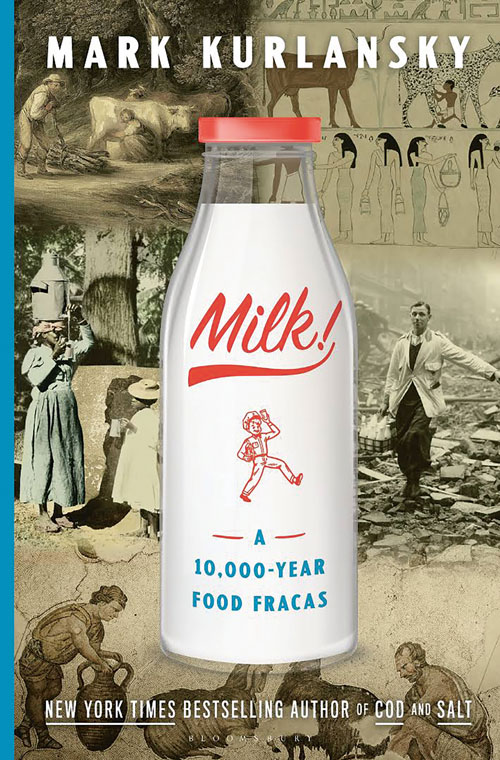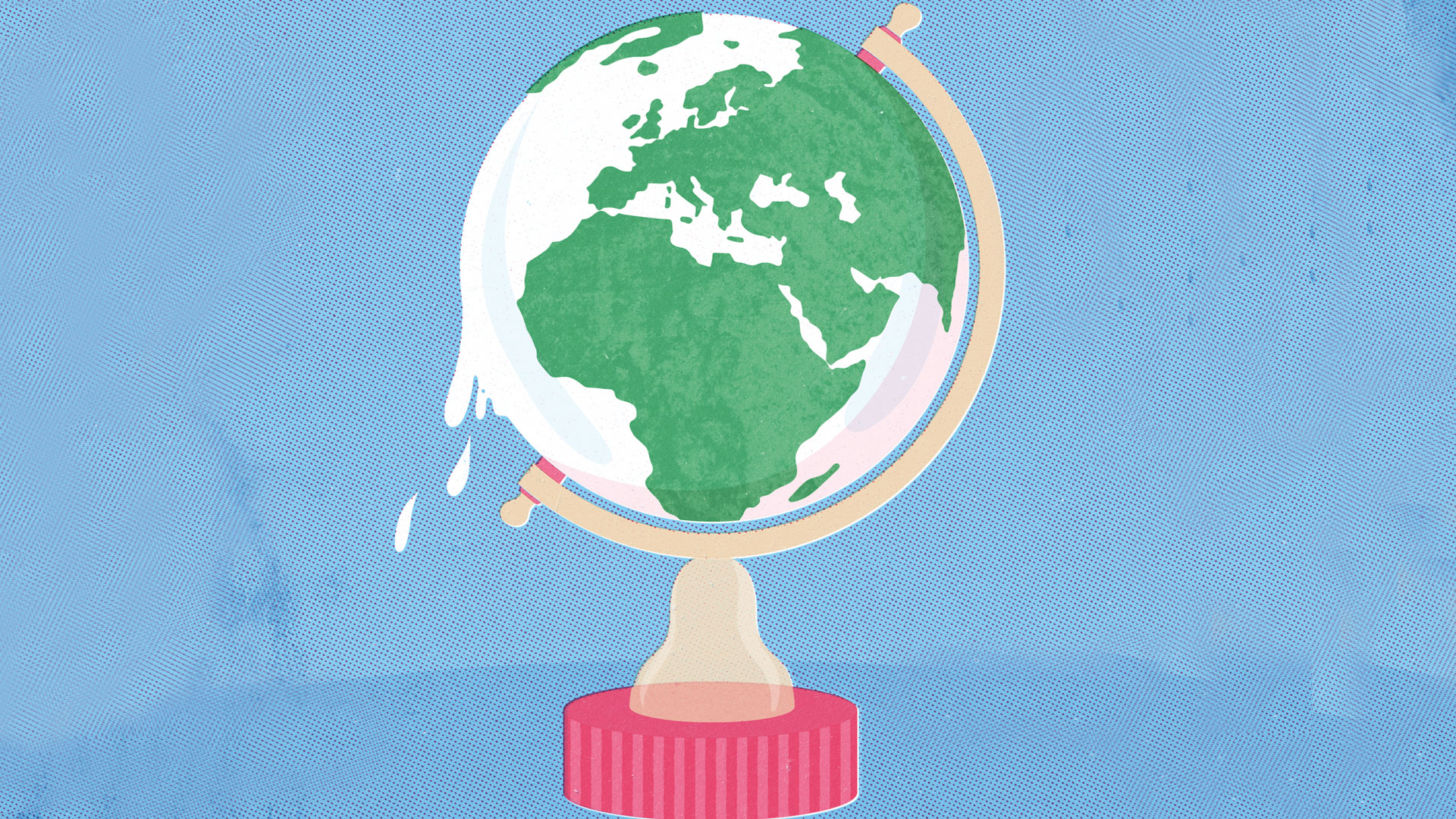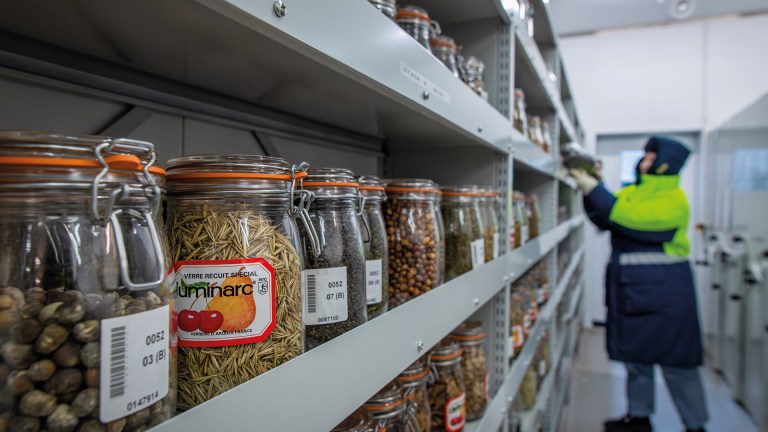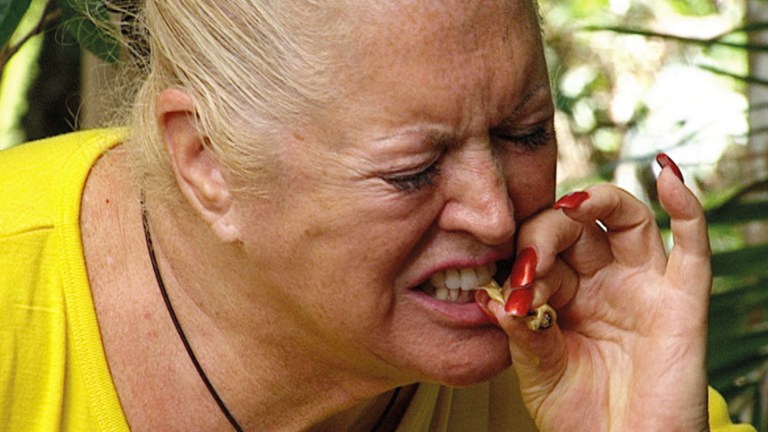Milk is not just another food. It never was. It has been argued over for at least the past 10,000 years, which makes it humans’ longest-standing food health debate. It was the first food ever to be tested in a scientific laboratory and in most countries it is the most regulated food.
None of this is surprising if we think for a minute, as we seldom do, about what exactly milk is. Milk is a bodily fluid produced naturally to feed newborns. All mammals produce it, though it is slightly different with each species.
Animal milk was not designed for the needs of humans
It is strange to contemplate how it was first decided to rob calves or kids or other beasts of their mothers’ milk. It is not known what animal was first enlisted to feed humans, though given the Middle Eastern area where the practice seems to have started it was probably either a goat or a camel.
Milk production is the defining trait of mammals, it is what the name means. But different species have different amounts of fat, protein and sugar. Animal milk was not designed for the needs of humans but for the species producing it. A human baby is nothing like a calf. Human milk has 4.5 per cent fat so presumably our babies should need milk of a similar fat content. Camel milk at 2.5 per cent would be good for dieting but not ideal for babies. But it is a lot closer than whale milk, which is 34.8 percent fat.

There are few claiming that cow milk is the ideal milk for humans. The donkey is thought to be the best candidate, but not a particularly co-operative animal. So how did it happen that most of us use cow milk? Simply because cows are the most productive and easiest to work with of all mammals. In fact all over the world the black and white Holstein breed, which no one thinks produces the best milk, has become the standard breed because it is so productive. Even the British, who were brilliant at developing great milking breeds such as Ayrshires, Jerseys and Guernseys, today use mostly Holsteins.









